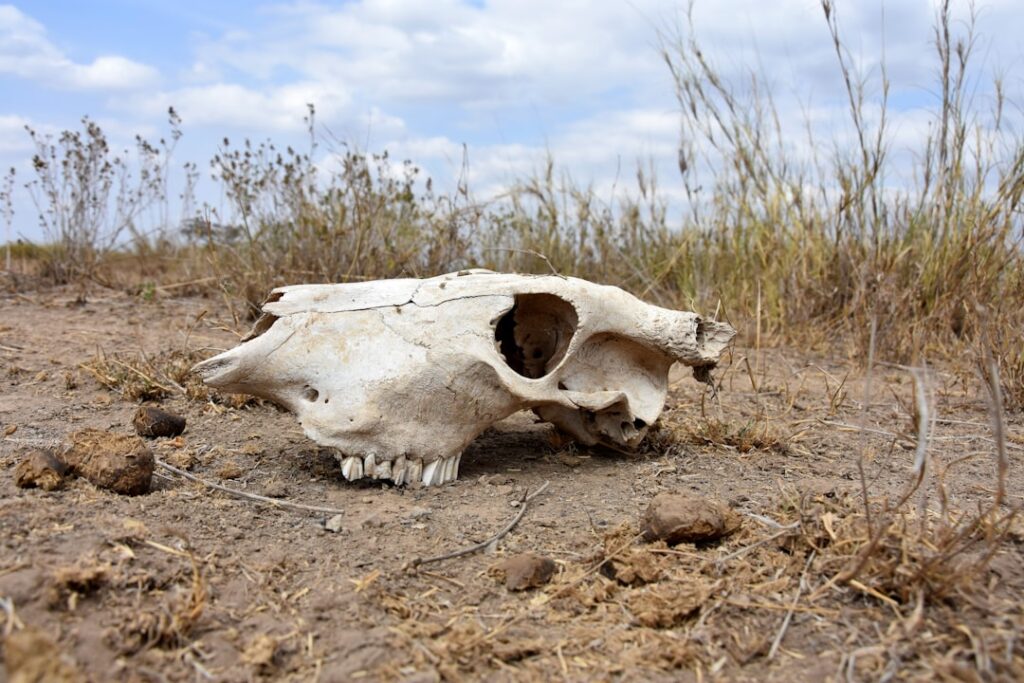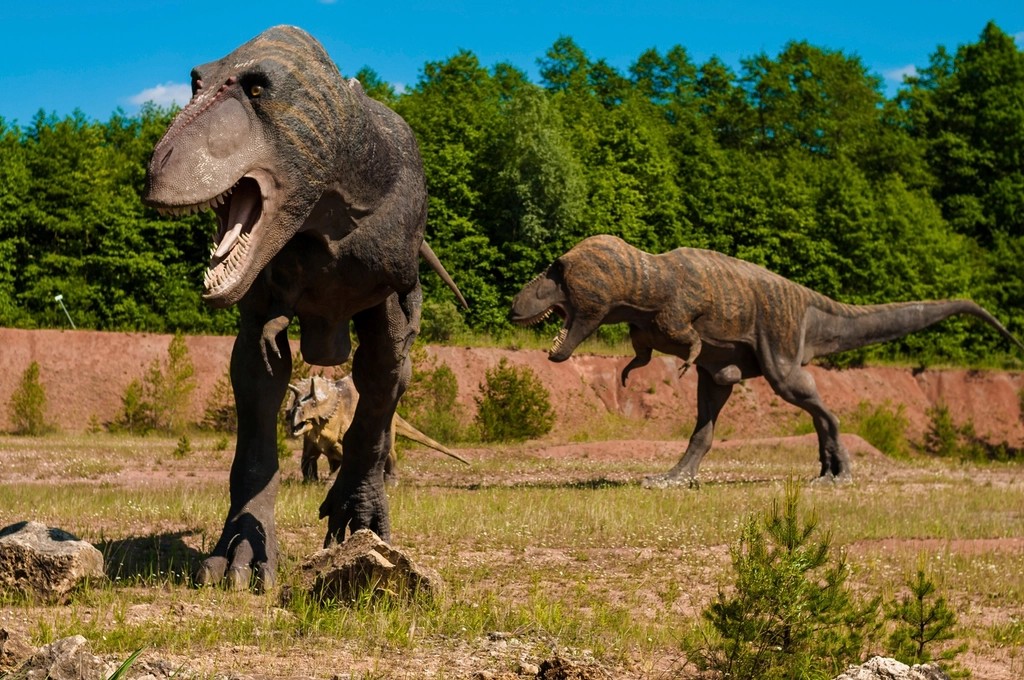The Earth has weathered five mass extinction events over the past 540 million years. Today, you’re witnessing something unprecedented in the geological record. Unlike previous die-offs caused by volcanic eruptions, asteroid impacts, or natural climate shifts, the current biodiversity crisis has a distinctly human fingerprint etched into every disappearing species.
Scientists aren’t just sounding alarms about theoretical future disasters. They’re documenting “red warning signs of systems failure” as serious population declines indicate that ecosystems are breaking down. The evidence pointing toward a sixth mass extinction has become so overwhelming that researchers have developed specific warning signals to track our planet’s biological collapse in real time. These red flags reveal disturbing patterns that echo the massive die-offs that reshaped life on Earth millions of years ago.
Rapid Population Collapse Across Species
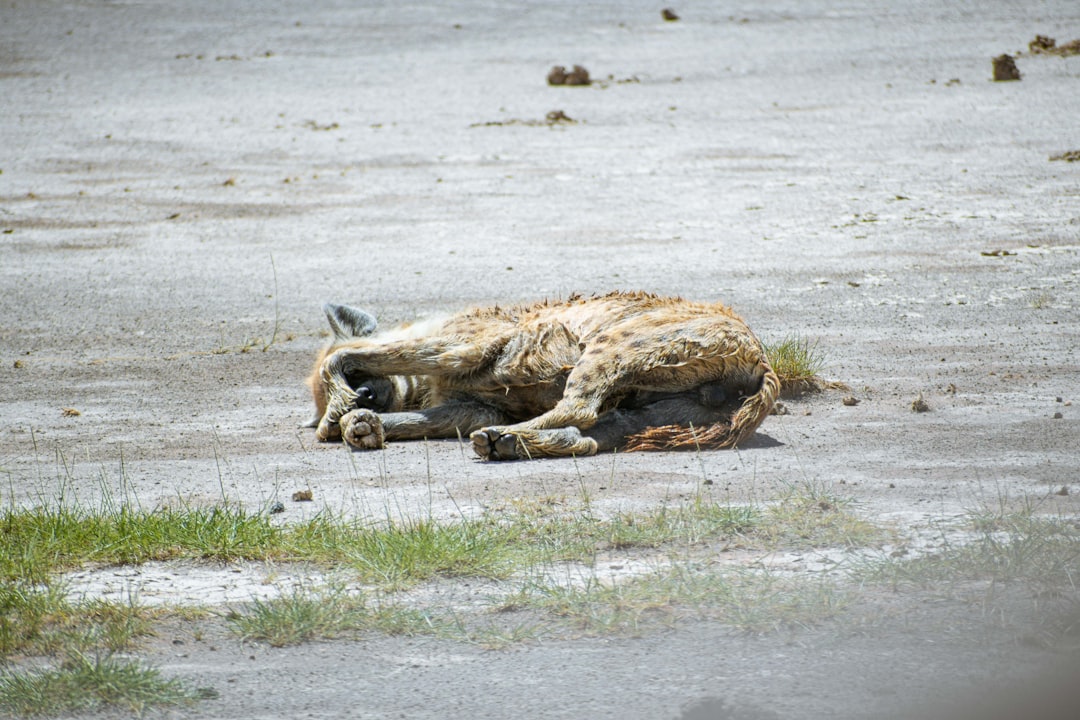
When you look at global wildlife data, the numbers paint a devastating picture. Roughly sixty-nine percent of all individuals of vertebrate species have disappeared over the fifty years since 1970. This isn’t just about rare species teetering on the edge of extinction. Nearly half of known vertebrate species are decreasing, with thirty-two percent showing decreased population size and range.
The average rate of vertebrate species loss over the last century is up to one hundred times higher than the background rate. Most large mammals lost more than eighty percent of their geographic range in the last century, representing an extensive extirpation of populations that serves as a precursor to total species extinction. This pattern of rapid population decline mirrors what paleontologists observe in the fossil record just before major extinction events.
Scientists recognize this as one of the most reliable early warning signals because population loss always precedes species extinction. The scale and speed of current declines suggest you’re witnessing the opening stages of biological annihilation on a planetary scale.
Accelerated Species Extinction Rates
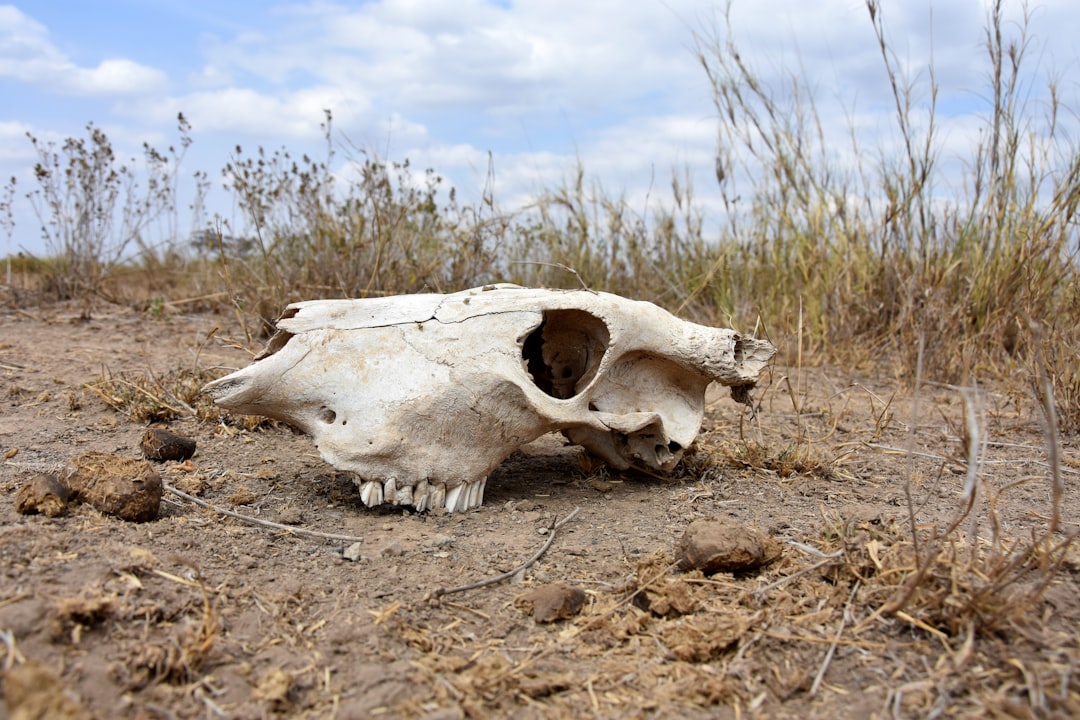
These estimates reveal an exceptionally rapid loss of biodiversity over the last few centuries, indicating that a sixth mass extinction is already under way. Extinctions have occurred at one hundred to one thousand times the background extinction rate since 1900, and the rate is increasing. To put this in perspective, the number of species that have gone extinct in the last century would have taken, depending on the vertebrate taxon, between eight hundred and ten thousand years to disappear under natural conditions.
Since the year 1500, Earth could already have lost between seven and a half and thirteen percent of the two million known species on Earth. This staggering figure of 150,000 to 260,000 species represents an unprecedented acceleration in the pace of extinctions. The fossil record shows that natural background extinction rates typically claim only two mammal species per ten thousand species per century.
What makes this acceleration particularly alarming is its consistency across different taxonomic groups. You’re not seeing isolated die-offs in single ecosystems or among closely related species. Instead, the extinction crisis spans mammals, birds, reptiles, amphibians, fish, and invertebrates worldwide.
Ecosystem Tipping Points and Threshold Effects
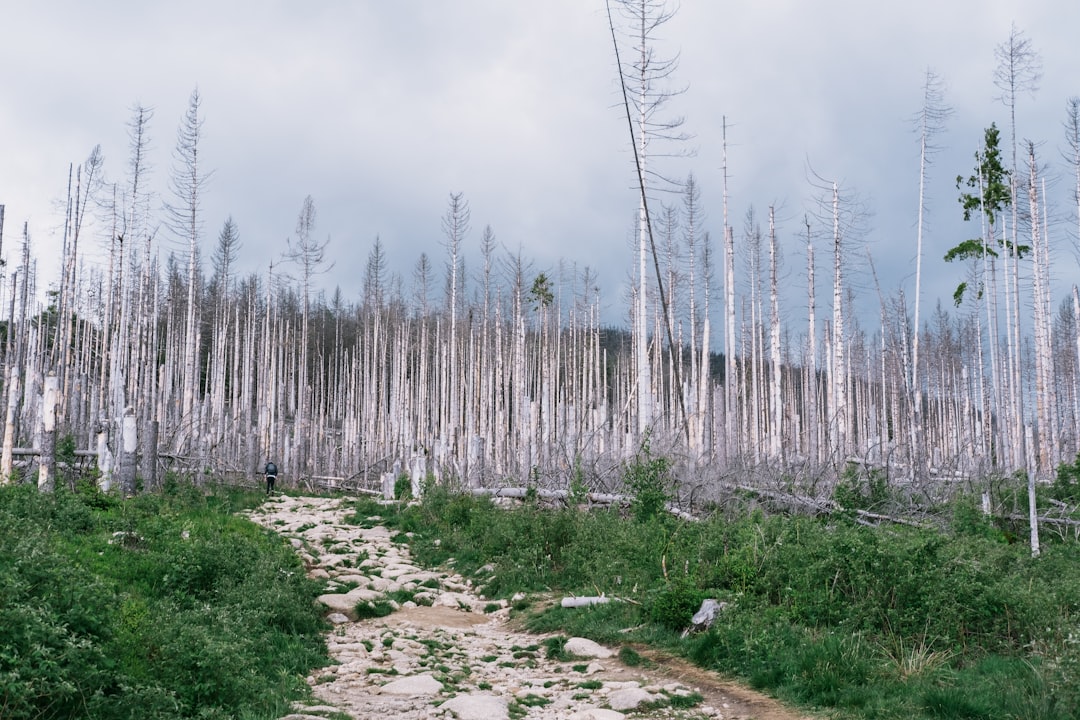
The ecological threshold concept is generally defined as a point where even small changes in environmental conditions will lead to large changes in the state of a system. Changes in environmental conditions can lead to a drastic, nonlinear loss of biodiversity at a threshold of vegetation loss, arising from species having synchronous responses to habitat loss and fragmentation.
Population instability near thresholds results from declining forest patch size and increased patch isolation, which have lasting effects on populations, exacerbating density dependent effects and increasing extinction risk for local populations. These threshold effects create cascading failures where the loss of keystone species triggers the collapse of entire ecological networks.
Coral reefs are already experiencing tipping points, as more frequent warming-driven bleaching events tip them to degraded algae-dominated states, while mangroves and seagrasses are at risk of regional tipping, along with kelp forests, marine food webs and some fisheries. The concerning aspect of these tipping points is their potential for irreversibility once crossed.
Geographic Hotspots of Biodiversity Collapse
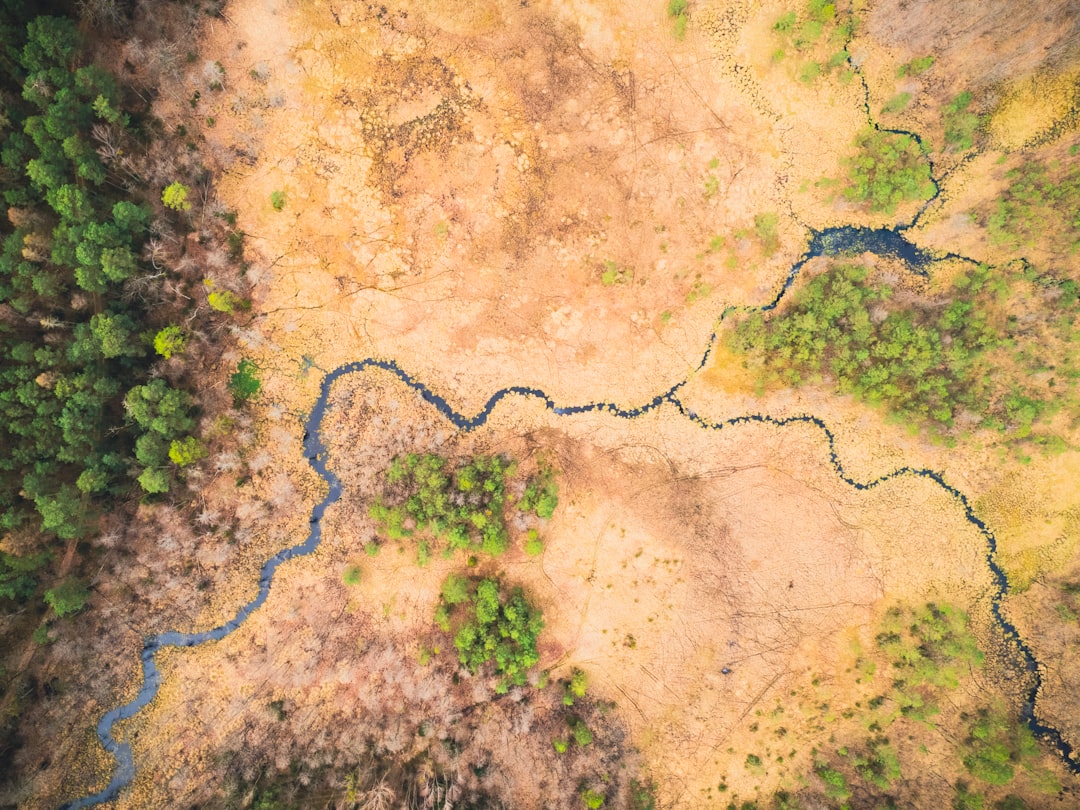
Concentrations of species at risk for extinction are strong indicators of incipient regional biodiversity collapse in areas such as the Arctic, southeast Asia, and elsewhere, occurring mostly in heavily populated regions such as tropical Asia. These geographic patterns reveal where the extinction crisis is most acute and where cascading effects might spread to surrounding regions.
Historic and current geographic range data of species on the brink show high concentration of species in tropical regions throughout the world. The contraction of species ranges creates islands of remaining biodiversity surrounded by degraded landscapes, making populations more vulnerable to local extinctions and reducing their ability to recover.
Some regions exhibit higher concentrations of species with local population extinctions than others, including a strong latitudinal signal corresponding to an intertropical peak of number of decreasing species, particularly strong in mammals and birds. This geographic clustering suggests that once biodiversity collapse begins in a region, it accelerates through interconnected ecological relationships.
Community Structure Breakdown and Early Warning Signals
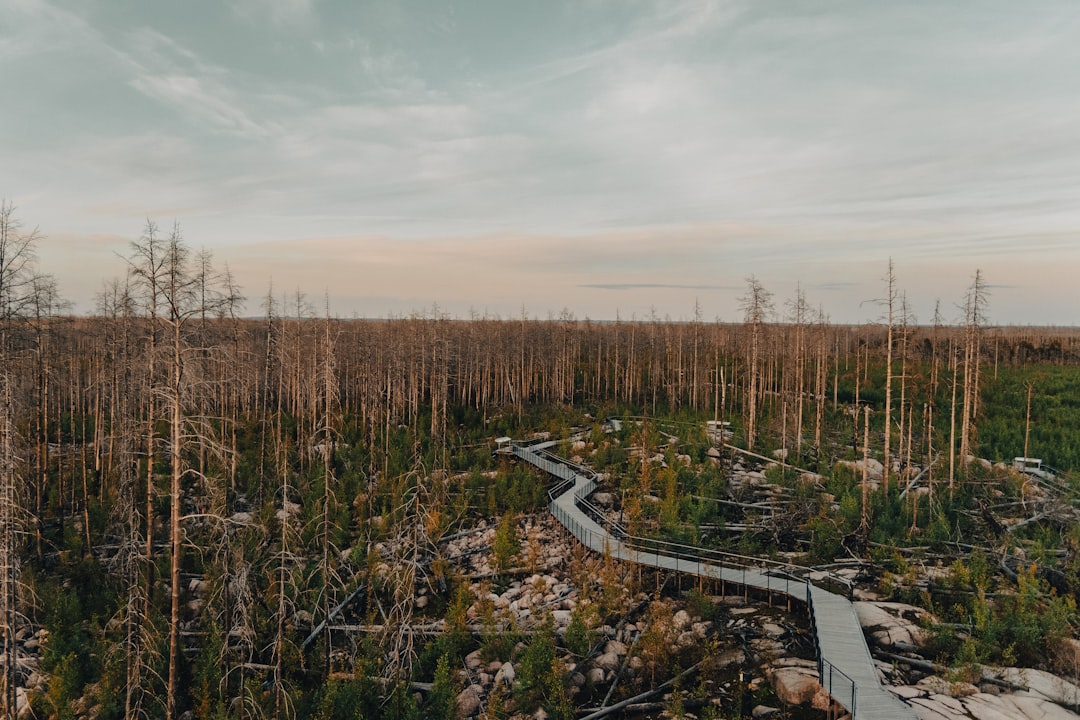
Environmental events leading to mass extinctions are reliably preceded by subtle changes in how a biological community is composed, acting as an early warning signal. Community-scale changes like migration patterns are evident in fossil records long before actual extinctions and losses in biodiversity occur.
Scientists focus on heteroskedasticity of biodiversity measures as a potential warning signal of collapse because it relates to greater variance in a system and minimizes false-positive signals due to the inclusion of thresholds. These systems display critical slowing down, with an increased memory and variance, and depending on the nature of the tipping system, there may be other types of early warning signals.
Insects and other invertebrates have suffered huge losses, with about seventy-five percent of all flying insects in protected areas in Germany disappearing in twenty-seven years. The breakdown of these foundational community members creates ripple effects throughout food webs, destabilizing ecosystem functions that support larger, more visible species.
Habitat Destruction and Fragmentation Patterns
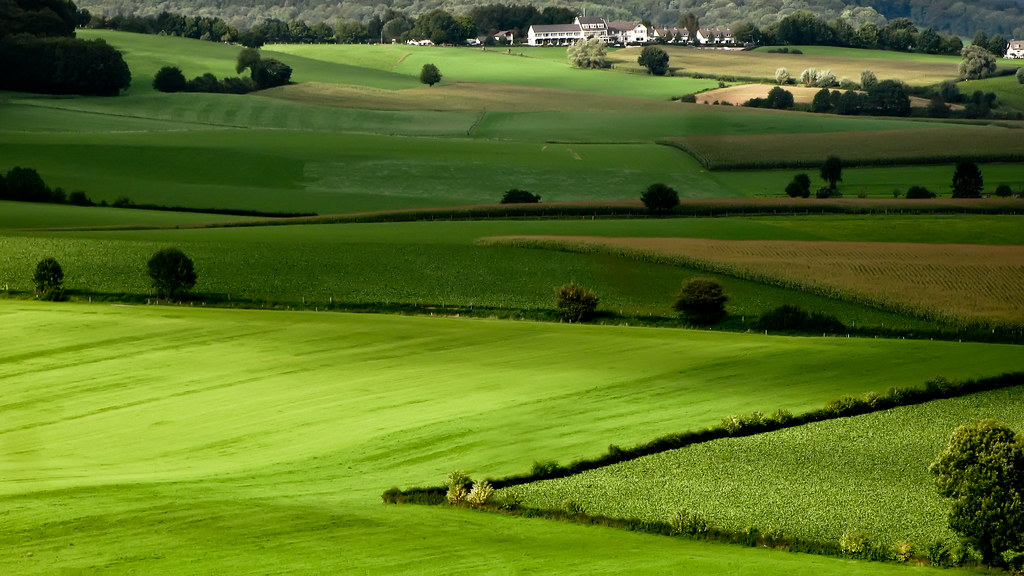
Currently, fifty percent of all habitable land has been converted for agriculture, representing the most extensive habitat transformation in Earth’s history. Species at the brink have been pushed to a critical conservation status because of human activities, where habitat loss and fragmentation, illegal trade, overexploitation, introduced domestic and wild species, toxification, and pollution have played a major role.
The decline in the size and quality of habitats has a direct impact on millions of plant and animal species which lack food, shelter, space and conditions to thrive as a result. This habitat destruction creates a feedback loop where remaining fragments become increasingly isolated and less viable for supporting diverse communities.
The ultimate extinction threshold refers to the point along a gradient of habitat loss and fragmentation where the metapopulation loses viability because colonizations do not suffice to compensate for extinctions. Once this threshold is crossed, species face an extinction debt that will play out over generations, even if habitat destruction stops immediately.
Climate Disruption and Environmental Stress
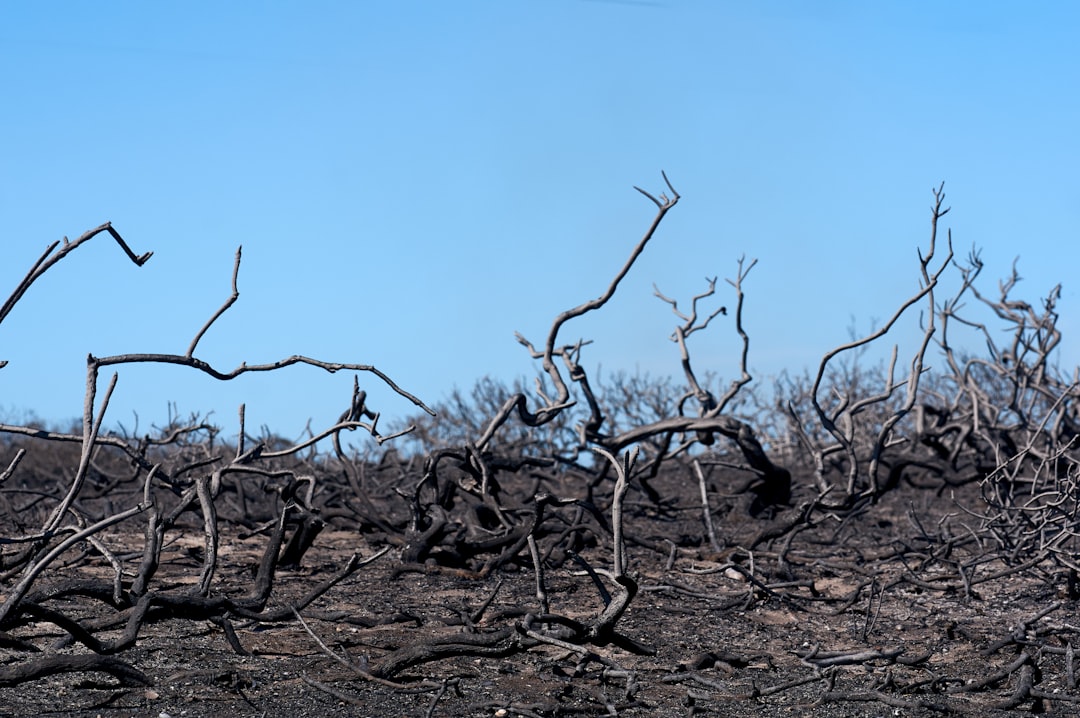
More recently, climate disruption is becoming a major cause of species endangerment, adding another layer of stress to already vulnerable populations. A rise in average global temperatures greater than 5.2 degrees Celsius is projected to cause a mass extinction similar to the “Big Five” mass extinction events, even without other human impacts.
Global warming will cause ecosystems to shift faster than some species can adapt, creating a mismatch between species’ evolutionary capabilities and the pace of environmental change. This climate pressure combines with habitat loss, pollution, and overexploitation to create a perfect storm of extinction drivers.
Decline in amphibian populations, in particular, serves as an early indicator of broader ecological collapse because these species are especially sensitive to environmental changes. Their permeable skin makes them vulnerable to pollutants, while their complex life cycles requiring both aquatic and terrestrial habitats make them susceptible to habitat fragmentation and climate shifts.
Human-Driven Acceleration Beyond Natural Limits
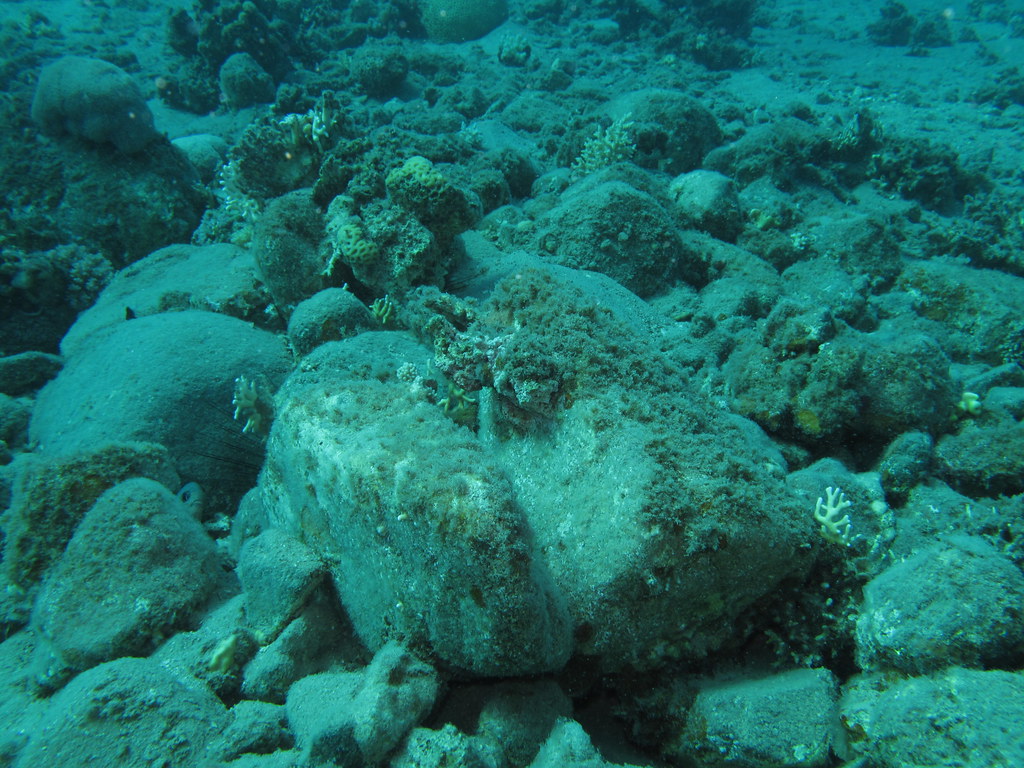
The proximate causes of population extinctions include habitat conversion, climate disruption, overexploitation, toxification, species invasions, disease, and potentially large-scale nuclear war, while the ultimate drivers are human overpopulation and continued population growth, and overconsumption, especially by the rich. Humanity has become an unprecedented “global superpredator,” preying on adult apex predators, invading habitats of other species, and disrupting food webs.
In the twentieth century, the human population quadrupled, and the global economy grew twenty-five-fold. This period of Great Acceleration has intensified species extinction beyond anything seen in the geological record. The sixth mass extinction is already here and the window for effective action is very short, probably two or three decades at most.
The combination of these human pressures creates a fundamentally different extinction crisis than previous mass die-offs. While past extinctions were driven by external catastrophes like asteroid impacts or massive volcanic eruptions, today’s crisis stems from the activities of a single species that has become a geological force reshaping the planet’s biological systems.
These five red flags represent more than scientific curiosity about extinction patterns. They serve as an early warning system for a planet in biological crisis. The acceleration of population declines, the clustering of extinctions in biodiversity hotspots, the breakdown of community structures, and the crossing of ecological tipping points all point toward a future where the rich tapestry of life that took billions of years to evolve could unravel within human lifetimes. What do you think about the prospect of living through Earth’s sixth mass extinction? Tell us in the comments.

